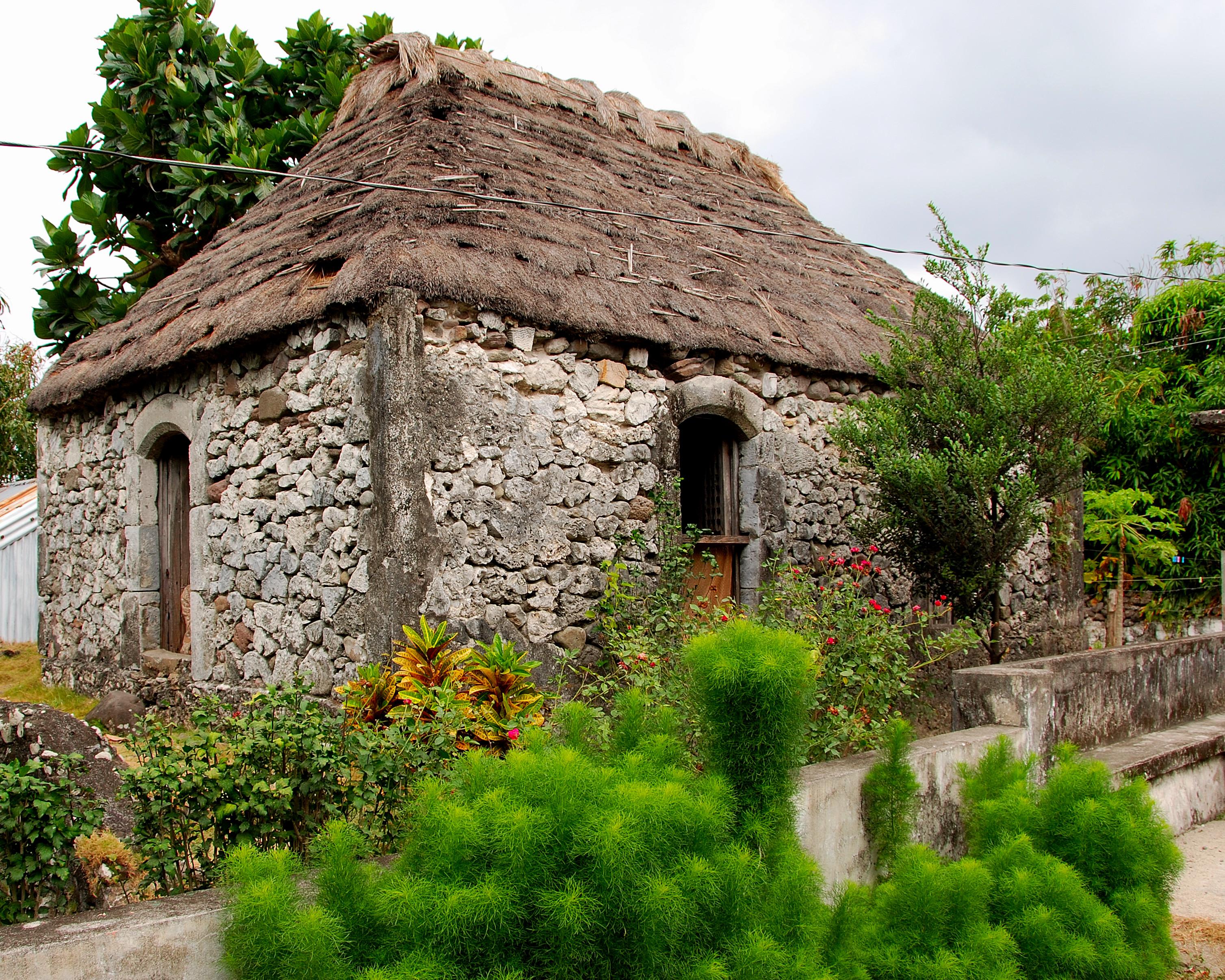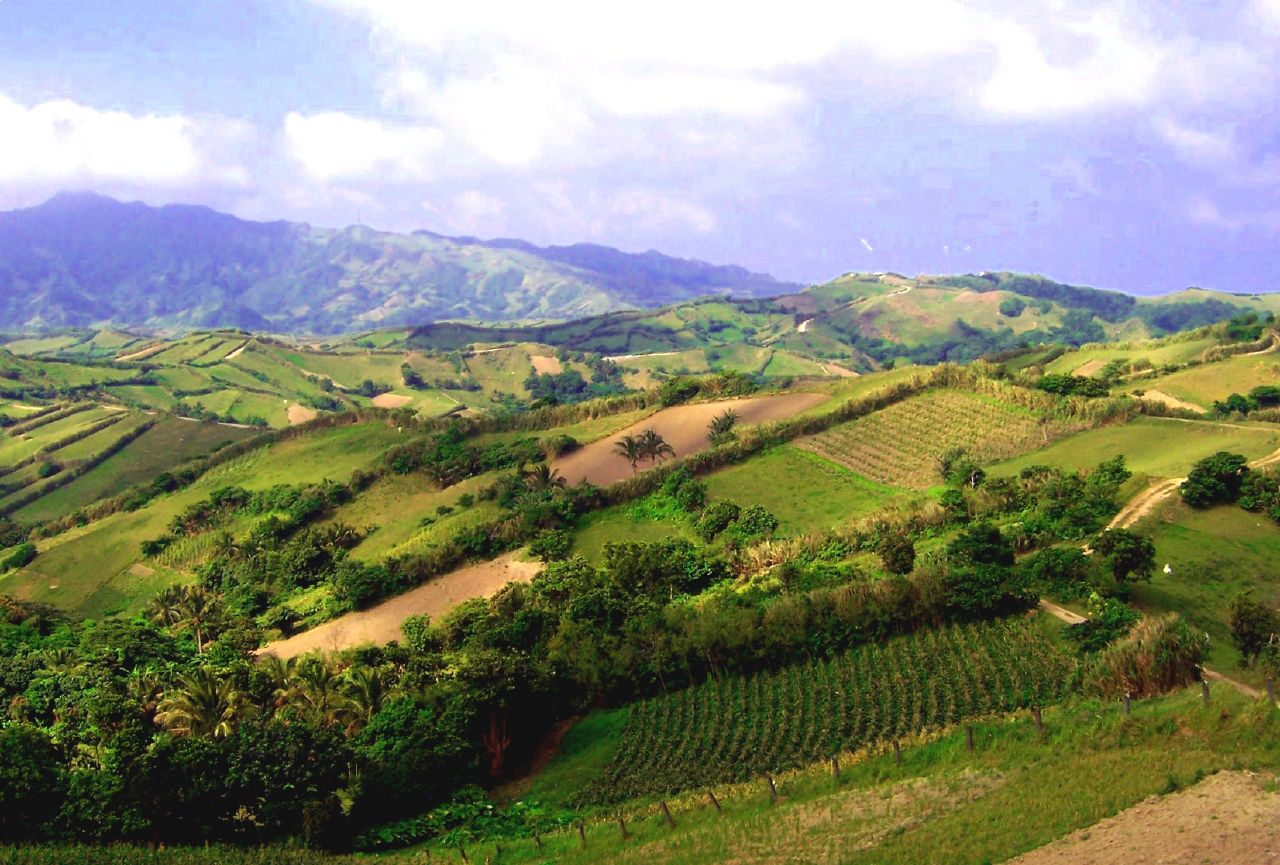|
Ivuhos
Ivuhos (also known as Ibugos, Ibujos, Vuhus and Ibahos Island) is one of the islands of Batanes, the northernmost province of the Philippines. The uninhabited island is located west of Sabtang Island and is separated by a deep channel nearly wide. Ivuhos Island is small and rather low, except a hill on the south end. A coral beach before the hill on the eastern side is the only viable landing spot on the island. The shores on both sides of the channel are bordered by reefs. The flood tide sets southward with a velocity from 3 to 4 knots, and the ebb northward. People The island is currently uninhabited,"About Batanes" . Batanes Official Website. Retrieved on 2011-06-03. but a survey performed by the US Geodetic Service in the early 1900s found a settlement near the south end of the island.U.S. Coast and ... [...More Info...] [...Related Items...] OR: [Wikipedia] [Google] [Baidu] |
Batanes Group Of Islands
Batanes, officially the Province of Batanes (; Ilocano: ''Probinsia ti Batanes''; , ), is an archipelagic province in the Philippines, administratively part of the Cagayan Valley region. It is the northernmost province in the Philippines, and the smallest, both in population and land area. The capital is Basco, located on the island of Batan, and is also the most populous municipality in the province. The island group is located approximately north of the Luzon mainland and about south of Taiwan (Pingtung County). Batanes is separated from the Babuyan Islands of Cagayan Province by the Balintang Channel, and from Taiwan by the Bashi Channel. Etymology The name ''Batanes'' is a Hispanicized plural form derived from the Ivatan endonym ''Batan''. History Early history The ancestors of today's Ivatans descended from Austronesians who migrated to the islands 4,000 years ago during the Neolithic period. They lived in fortified mountain areas called '' idjangs'' and drank ... [...More Info...] [...Related Items...] OR: [Wikipedia] [Google] [Baidu] |
Batanes
Batanes, officially the Province of Batanes (; Ilocano: ''Probinsia ti Batanes''; , ), is an archipelagic province in the Philippines, administratively part of the Cagayan Valley region. It is the northernmost province in the Philippines, and the smallest, both in population and land area. The capital is Basco, located on the island of Batan, and is also the most populous municipality in the province. The island group is located approximately north of the Luzon mainland and about south of Taiwan ( Pingtung County). Batanes is separated from the Babuyan Islands of Cagayan Province by the Balintang Channel, and from Taiwan by the Bashi Channel. Etymology The name ''Batanes'' is a Hispanicized plural form derived from the Ivatan endonym ''Batan''. History Early history The ancestors of today's Ivatans descended from Austronesians who migrated to the islands 4,000 years ago during the Neolithic period. They lived in fortified mountain areas called '' idjangs'' and ... [...More Info...] [...Related Items...] OR: [Wikipedia] [Google] [Baidu] |
Sabtang
Sabtang, officially the Municipality of Sabtang (; ilocano language, Ilocano: ''Ili ti Sabtang''; ), is a municipality of the Philippines, municipality in the Philippine Province, province of Batanes, Philippines. According to the 2020 census, it has a population of 1,696 people. Sabtang is the southernmost island municipality in the Batanes Group of Islands. It consists primarily of ''Sabtang Island'' and two smaller and uninhabited islands nearby, namely, Ivuhos and Dequey. The municipality is known for its Sabtang Lighthouse, lighthouse and the old stone houses of the Ivatan people, Ivatan villages of Chavayan and Savidug. Like Batan Island to the north, Sabtang also has a few Mission-style churches and white sand beaches. History The Spanish missionary, Father Artiquez, first visited the island of Sabtang in 1786González Alonzo, Fr. Julio, O.P. (1966). "The Batanes Islands", in Acta Manilana, Manila: University of Santo Tomas Research Center after receiving an affirmative ... [...More Info...] [...Related Items...] OR: [Wikipedia] [Google] [Baidu] |
Sabtang Island
Sabtang, officially the Municipality of Sabtang (; Ilocano: ''Ili ti Sabtang''; ), is a municipality in the province of Batanes, Philippines. According to the 2020 census, it has a population of 1,696 people. Sabtang is the southernmost island municipality in the Batanes Group of Islands. It consists primarily of ''Sabtang Island'' and two smaller and uninhabited islands nearby, namely, Ivuhos and Dequey. The municipality is known for its lighthouse and the old stone houses of the Ivatan villages of Chavayan and Savidug. Like Batan Island to the north, Sabtang also has a few Mission-style churches and white sand beaches. History The Spanish missionary, Father Artiquez, first visited the island of Sabtang in 1786González Alonzo, Fr. Julio, O.P. (1966). "The Batanes Islands", in Acta Manilana, Manila: University of Santo Tomas Research Center after receiving an affirmative response from the islanders to learn about the Christian faith. The success of the first visit led to ... [...More Info...] [...Related Items...] OR: [Wikipedia] [Google] [Baidu] |
Agglomerate
Agglomerate (from the Latin ''agglomerare'' meaning "to form into a ball") is a coarse accumulation of large blocks of volcanic material that contains at least 75% bombs. Volcanic bombs differ from volcanic blocks in that their shape records fluidal surfaces: they may, for example, have ropy, cauliform, scoriaceous, folded, spindle, spatter, ribbon, ragged, or amoeboid shapes. Globular masses of lava may have been shot from the crater at a time when partly molten lava was exposed, and was frequently shattered by sudden outbursts of steam. These bombs were viscous at the moment of ejection and by rotation in the air acquired their shape. They are commonly in diameter, but specimens as large as have been observed. There is less variety in their composition at any one volcanic centre than in the case of the lithic blocks, and their composition indicates the type of magma being erupted. Agglomerates are typically found near volcanic vents and within volcanic conduits, where the ... [...More Info...] [...Related Items...] OR: [Wikipedia] [Google] [Baidu] |
Uninhabited Islands Of The Philippines
The list of uninhabited regions includes a number of places around the globe. The list changes year over year as human beings migrate into formerly uninhabited regions, or migrate out of formerly inhabited regions. Definitions The exact definition of what makes a place "uninhabited" is not simple. Nomadic hunter-gather and pastoral societies live in extremely low population densities and range across large territories where they camp, rather than staying in any one place year-round. During the height of settler colonialism many European governments declared huge areas of the New World and Australia to be ''Terra nullius'' (land belonging to no one), but this was done to create a legal pretext to annex them to European empires; these lands were not, and are not uninhabited. While some communities are still nomadic, there are many remote and isolated communities in the less populated parts of the world that are separated from each other by hundreds or thousands kilometres ... [...More Info...] [...Related Items...] OR: [Wikipedia] [Google] [Baidu] |
Islands Of Batanes
This is a list of the lists of islands in the world grouped by country, by continent, by body of water A body of water or waterbody is any significant accumulation of water on the surface of Earth or another planet. The term most often refers to oceans, seas, and lakes, but it includes smaller pools of water such as ponds, wetlands, or more rare ..., and by other classifications. For rank-order lists, see the other lists of islands below. Lists of islands by country or location Africa Antarctica Asia Europe North America Oceania South America Lists of islands by continent Lists of islands by body of water By ocean: By other bodies of water: List of ancient islands Other lists of islands External links Island Superlatives {{South America topic, List of islands of * ... [...More Info...] [...Related Items...] OR: [Wikipedia] [Google] [Baidu] |
Desert Island
An uninhabited island, desert island, or deserted island, is an island, islet or atoll which lacks permanent human population. Uninhabited islands are often depicted in films or stories about shipwrecked people, and are also used as stereotypes for the idea of "paradise". Some uninhabited islands are protected as nature reserves, and some are privately owned. Devon Island in Canada's far north is the largest uninhabited island in the world. Small coral atolls or islands usually have no source of fresh water, but occasionally a freshwater lens can be reached with a well. Terminology Uninhabited islands are sometimes also called "deserted islands" or "desert islands". In the latter, the adjective ''desert'' connotes not desert climate conditions, but rather "desolate and sparsely occupied or unoccupied". The word ''desert'' has been "formerly applied more widely to any wild, uninhabited region, including forest-land", and it is this archaic meaning that appears in the phrase "d ... [...More Info...] [...Related Items...] OR: [Wikipedia] [Google] [Baidu] |
Seamount
A seamount is a large submarine landform that rises from the ocean floor without reaching the water surface (sea level), and thus is not an island, islet, or cliff-rock. Seamounts are typically formed from extinct volcanoes that rise abruptly and are usually found rising from the seafloor to in height. They are defined by oceanographers as independent features that rise to at least above the seafloor, characteristically of conical form.IHO, 2008. Standardization of Undersea Feature Names: Guidelines Proposal form Terminology, 4th ed. International Hydrographic Organization and Intergovernmental Oceanographic Commission, Monaco. The peaks are often found hundreds to thousands of meters below the surface, and are therefore considered to be within the deep sea. During their evolution over geologic time, the largest seamounts may reach the sea surface where wave action erodes the summit to form a flat surface. After they have subsided and sunk below the sea surface, such flat-top ... [...More Info...] [...Related Items...] OR: [Wikipedia] [Google] [Baidu] |
Philippine Institute Of Volcanology And Seismology
The Philippine Institute of Volcanology and Seismology (PHIVOLCS, ; ) is a Philippine national institution dedicated to provide information on the activities of volcanoes, earthquakes, and tsunamis, as well as other specialized information and services primarily for the protection of life and property and in support of economic, productivity, and sustainable development. It is one of the service agencies of the Department of Science and Technology. PHIVOLCS monitors volcano, earthquake, and tsunami activity, and issues warnings as necessary. It is mandated to mitigate disasters that may arise from such volcanic eruptions, earthquakes, tsunamis, and other related geotectonic phenomena. History This government organization was formed after a historical merging of official functions of government institutions. One of its first predecessors is the Philippine Weather Bureau created in 1901 when meteorological, seismological and terrestrial magnetic services of the Manila Observat ... [...More Info...] [...Related Items...] OR: [Wikipedia] [Google] [Baidu] |
Cliff
In geography and geology, a cliff or rock face is an area of Rock (geology), rock which has a general angle defined by the vertical, or nearly vertical. Cliffs are formed by the processes of weathering and erosion, with the effect of gravity. Cliffs are common on coasts, in mountainous areas, escarpments and along rivers. Cliffs are usually composed of rock that is resistant to weathering and erosion. The sedimentary rocks that are most likely to form cliffs include sandstone, limestone, chalk, and Dolomite (rock), dolomite. Igneous rocks such as granite and basalt also often form cliffs. An escarpment (or scarp) is a type of cliff formed by the movement of a geologic fault, a landslide, or sometimes by rock slides or falling rocks which change the differential erosion of the rock layers. Most cliffs have some form of scree slope at their base. In arid areas or under high cliffs, they are generally exposed jumbles of fallen rock. In areas of higher moisture, a soil slope may ... [...More Info...] [...Related Items...] OR: [Wikipedia] [Google] [Baidu] |






